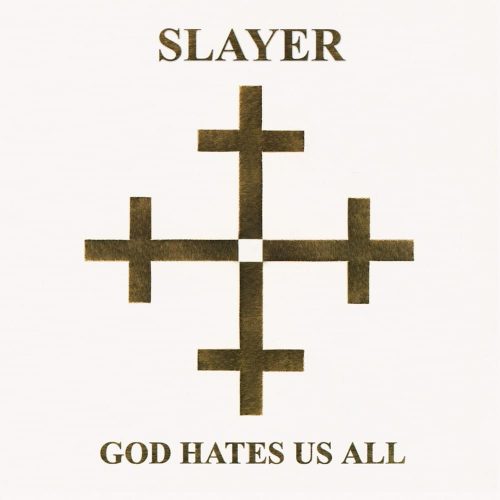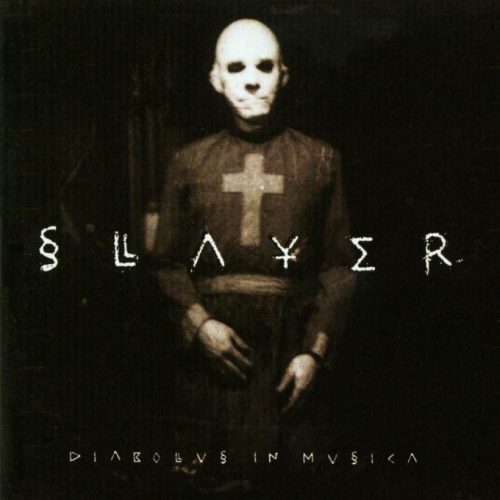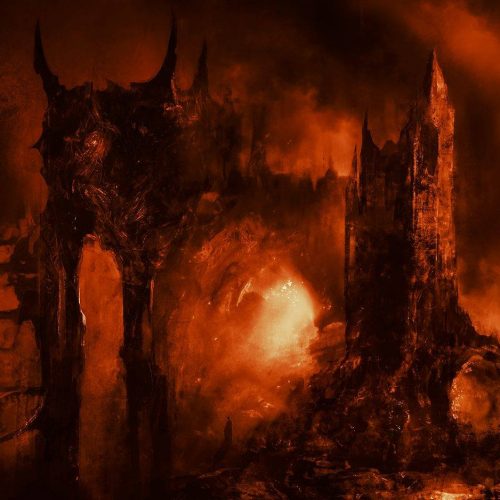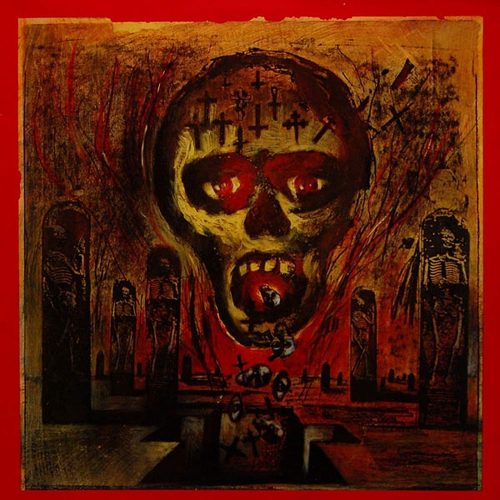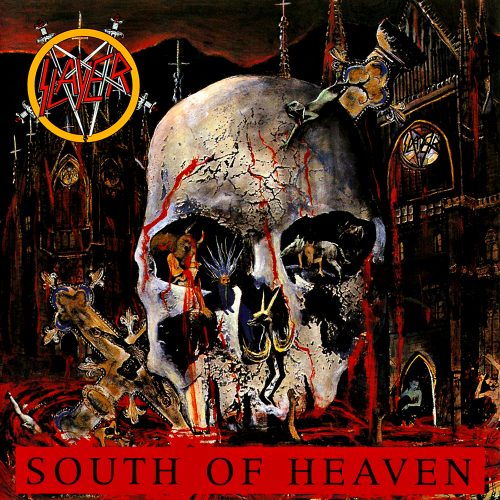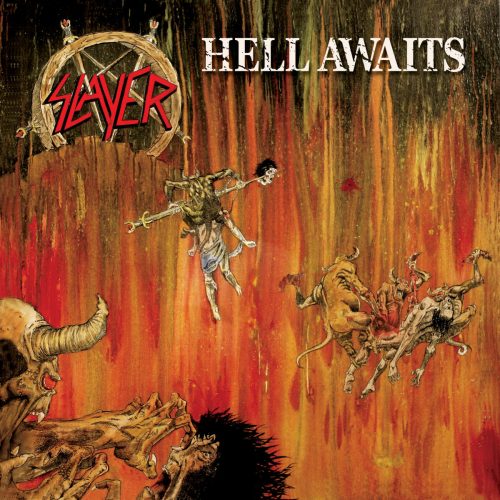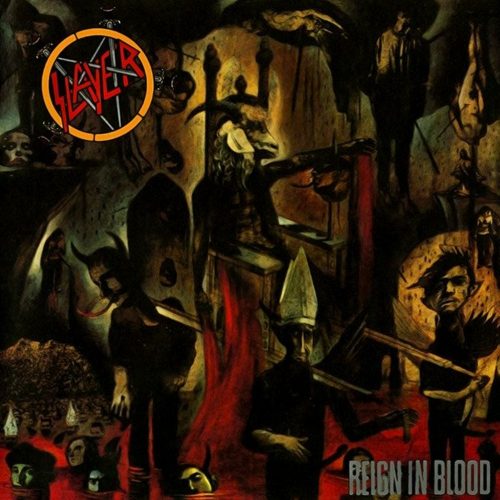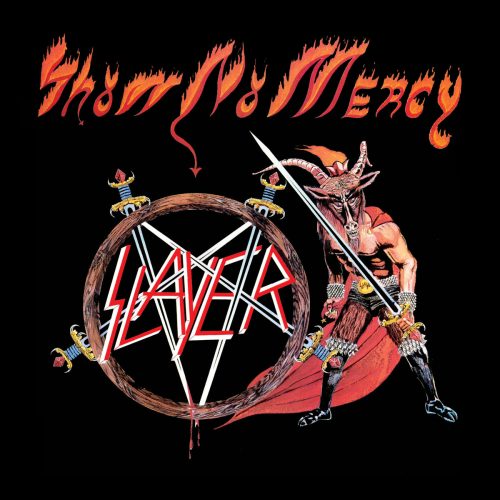(Forging ahead with a series devoted to a retrospective chronological analysis of the discography of Slayer, today TheMadIsraeli has made his way to the band’s 2001 album God Hates Us All. Links to all preceding segments of the series are at the end of the writing.)
God Hates Us All is a great album. If you disagree, you’re wrong. If you are the type to make assertions that it’s nu-metal or Slipknot-esque, wrong again. If you disagree that this is the most brutal and unrelenting Slayer have been in their entire career (yes really) you are wrong one more time.
You can dislike the more personally grounded lyrics and the degree of profanity, sure, but no sane person who likes metal should dislike the music itself, and if you once did, maybe it’s time to revisit and reconsider. God Hates Us All is about the most bitter, belligerent, and intense album the band have ever written. It certainly isn’t their best, but it’s a fantastic record with an uncompromising dedication to being as violent and oppressive as possible, and I love it for that. Tom Araya has never sounded better than on this album, and it includes some of the band’s best material, period. Continue reading »

